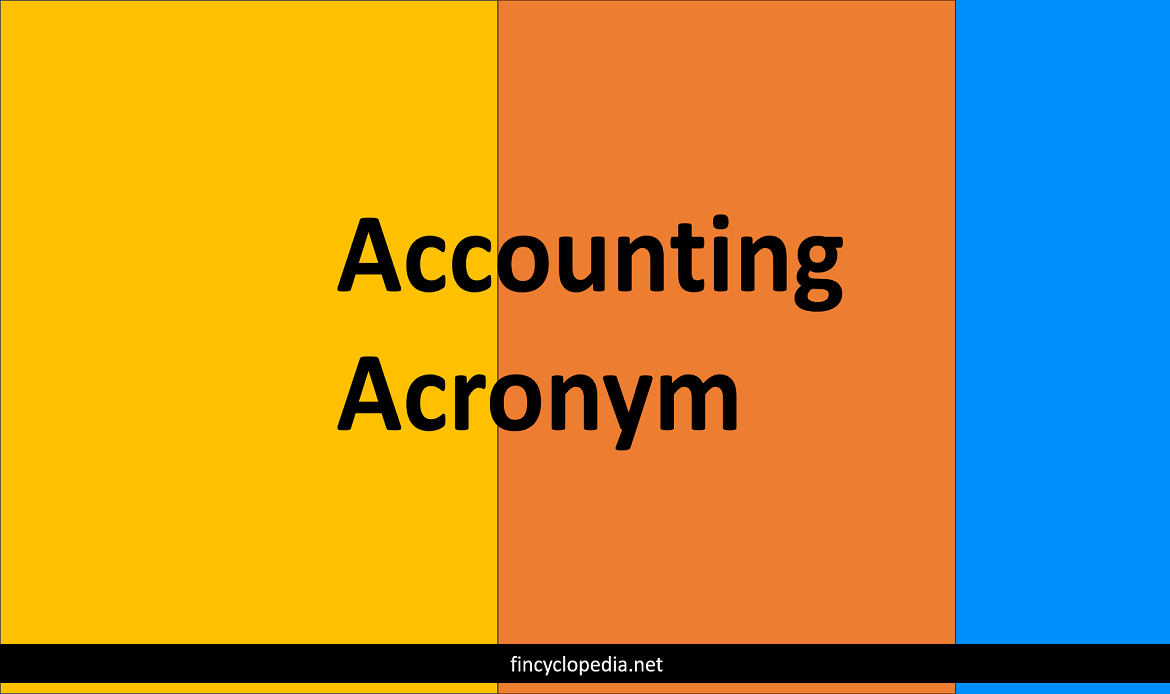The main place in which an entity’s accounting transactions are recorded, specifically all non-personal accounts such as cash book, petty cash book, purchase ledger, purchase day book, sales ledger, and sales day book.
The nominal ledger contains profit and loss (income), balance sheet and the nominal accounts – a complete set of accounting records. Paper-based accounting involved a physical ledger, while nowadays accounting is conducted using electronic ledgers. In the ledger (also known as general ledger or GL for short), separate accounts for each category of transactions are maintained.
The nominal ledger is the key building block of the whole book-keeping system. It differs from the journal in the sense that the latter is a textual record of events (debit and credit) that is characterized by recording all transactions and relevant events in a sequential chronological order.
However, the sales and purchases accounts are summaries, without details of individual invoices or accounts. Other asset and expense accounts may hold certain details where the debits corresponding to credits in the cash book or purchase ledger.





